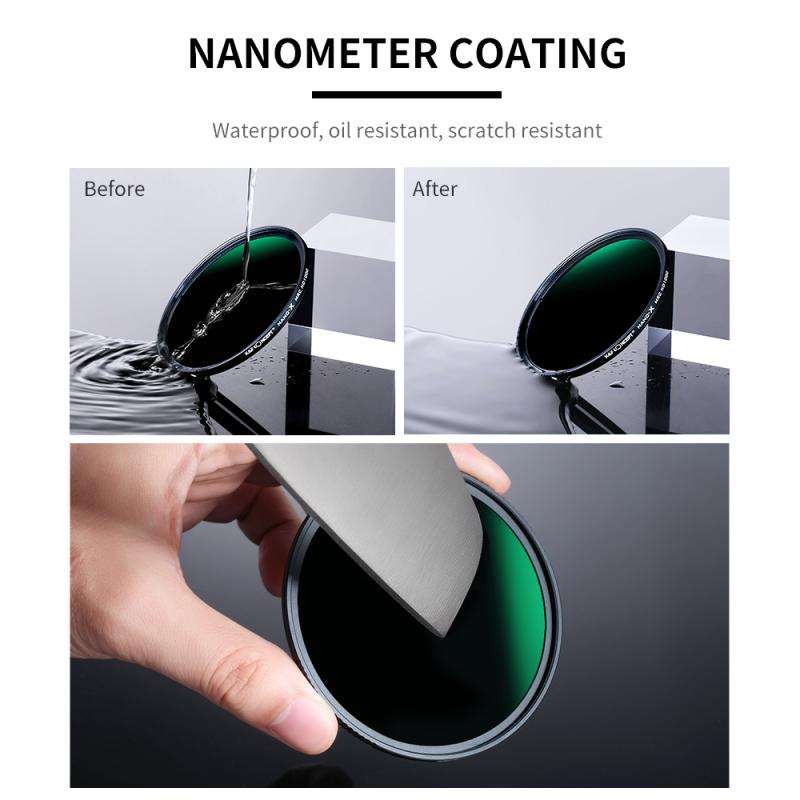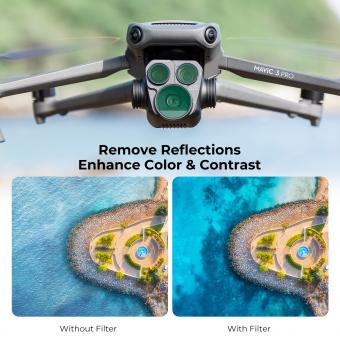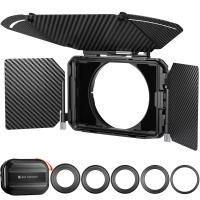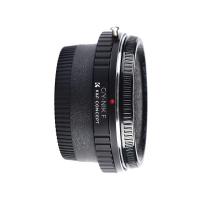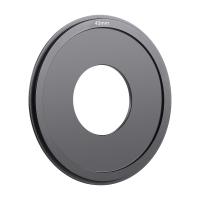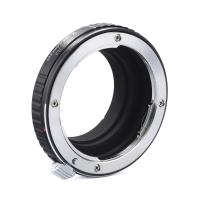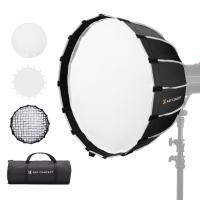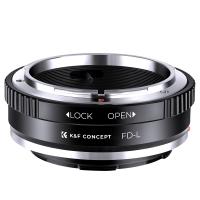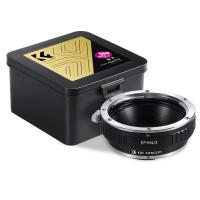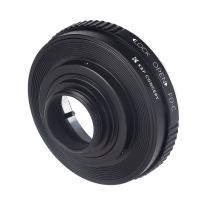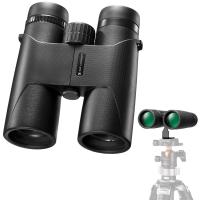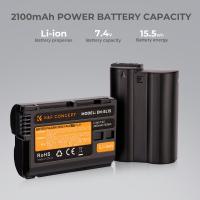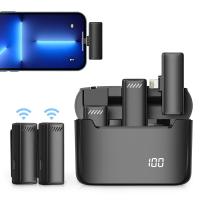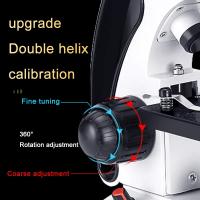What Strength Magnifying Glass Is Best ?
The strength of a magnifying glass depends on the specific use and individual preferences. Different magnifying glass strengths are available, typically ranging from 2x to 20x or higher. For general purposes such as reading small print or examining objects closely, a magnifying glass with a strength of 2x to 5x may be sufficient. For more detailed work or for individuals with visual impairments, a higher strength magnifying glass such as 10x or higher may be preferred. Ultimately, the best strength magnifying glass is subjective and should be chosen based on the specific needs and preferences of the user.
1、 Magnification power: Determining the optimal level for specific tasks.
Determining the optimal level of magnification power for specific tasks depends on various factors. The best strength of a magnifying glass is subjective and can vary depending on the individual's needs and the nature of the task at hand.
For general purposes such as reading small print or examining small objects, a magnifying glass with a magnification power between 2x and 5x is often sufficient. This range provides a good balance between enlarging the object and maintaining a clear image. However, for more detailed tasks that require precision, such as jewelry making or examining intricate artwork, a higher magnification power of 10x or more may be necessary.
It is important to note that higher magnification power does not always equate to better performance. As the magnification increases, the field of view tends to decrease, making it more challenging to navigate and focus on the object. Additionally, higher magnification can also amplify any distortions or imperfections in the lens, potentially compromising the clarity of the image.
The latest point of view suggests that instead of solely relying on magnification power, factors such as lens quality, lighting conditions, and the user's visual acuity should also be considered. Opting for a magnifying glass with a good quality lens, such as one made of optical glass or acrylic, can significantly enhance the clarity and sharpness of the image.
Ultimately, the best strength of a magnifying glass depends on the specific task and the individual's visual needs. It is recommended to try out different magnification powers and consider factors beyond just the strength to determine the optimal level for a particular task.
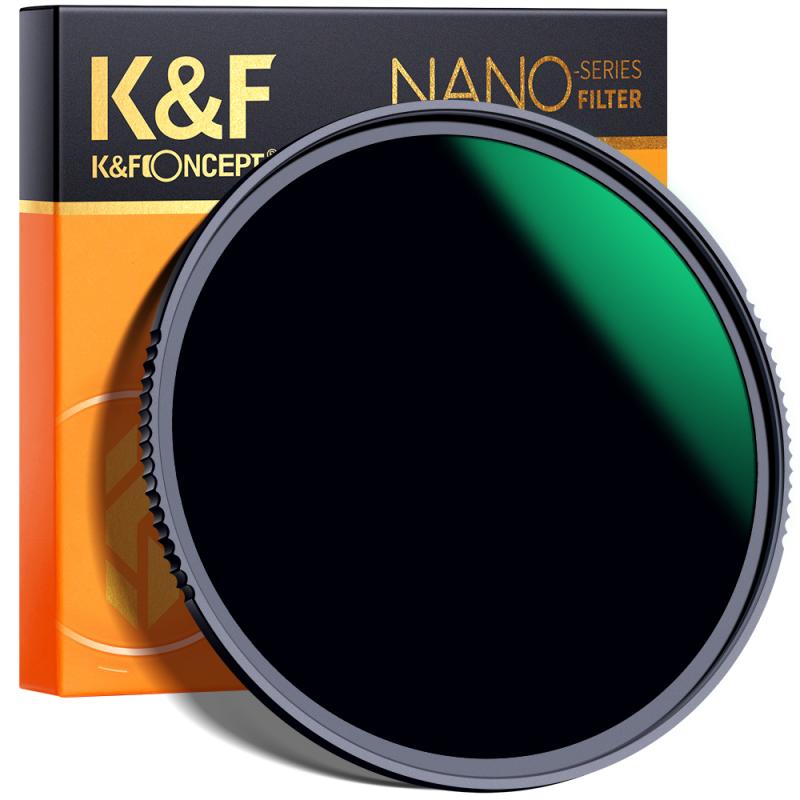
2、 Lens quality: Importance of clarity, distortion, and chromatic aberration.
When considering the strength of a magnifying glass, it is important to understand that the lens quality plays a crucial role in determining the overall effectiveness. The best strength of a magnifying glass depends on various factors, including the intended use and the individual's visual acuity.
Lens quality is of utmost importance when choosing a magnifying glass. Clarity refers to the ability of the lens to provide a clear and sharp image. A high-quality lens with excellent clarity ensures that the magnified image is accurate and easy to interpret. Distortion, on the other hand, refers to any aberrations or irregularities in the magnified image. A magnifying glass with minimal distortion is preferred as it provides a more accurate representation of the object being viewed. Chromatic aberration, which causes color fringing, is another aspect to consider. A magnifying glass with reduced chromatic aberration ensures that the colors of the magnified image are true to life.
The ideal strength of a magnifying glass depends on the individual's visual acuity and the task at hand. For individuals with mild visual impairments or for general use, a magnifying glass with a lower strength (around 2x to 4x) may be sufficient. These lower strength magnifiers provide a wider field of view and are easier to use for extended periods.
However, for individuals with more severe visual impairments or for tasks that require intricate details, a higher strength magnifying glass (around 5x to 10x) may be more suitable. These higher strength magnifiers provide a greater level of magnification but may have a narrower field of view, requiring the user to move the magnifier across the object to view it entirely.
It is worth noting that the latest advancements in lens technology have led to the development of magnifying glasses with improved clarity, reduced distortion, and minimized chromatic aberration. These advancements have made it possible to achieve higher magnification strengths without compromising image quality.
In conclusion, the best strength of a magnifying glass depends on the individual's visual acuity and the specific task at hand. Lens quality, including clarity, distortion, and chromatic aberration, should be considered when selecting a magnifying glass to ensure an accurate and clear magnified image.
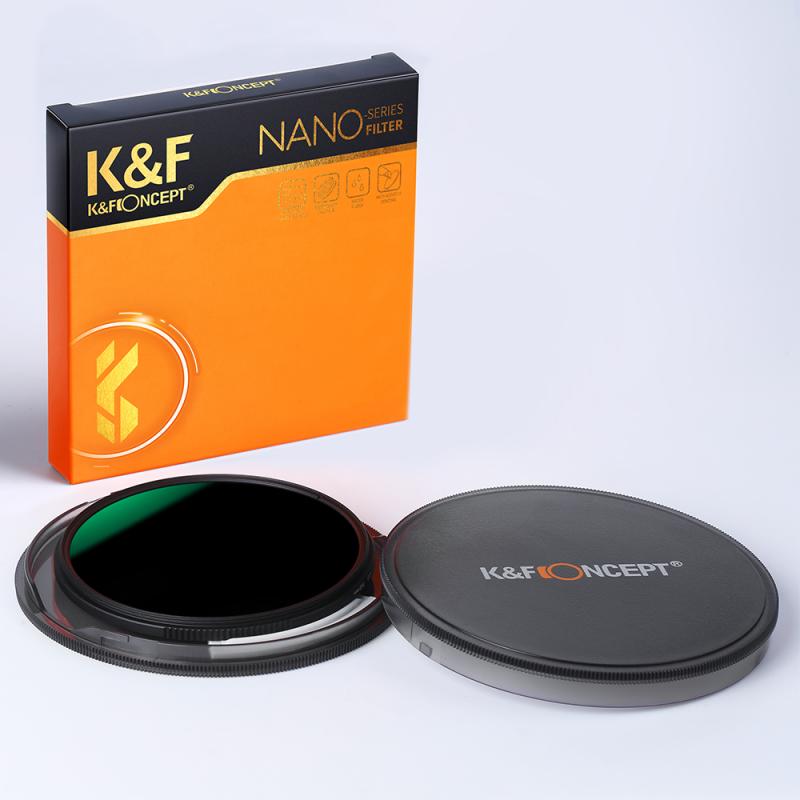
3、 Focal length: Finding the right distance between the lens and object.
When it comes to determining the best strength of a magnifying glass, the focal length plays a crucial role. The focal length refers to the distance between the lens and the object being observed. It determines the level of magnification and the clarity of the image produced.
In general, a shorter focal length results in higher magnification, while a longer focal length provides a wider field of view. Therefore, the choice of the best strength of a magnifying glass depends on the specific task at hand and the user's preferences.
For tasks that require detailed examination of small objects or text, a higher magnification power is usually preferred. Magnifying glasses with a focal length of around 2-3 inches (5-7.5 cm) are commonly used for such purposes. These magnifiers offer a significant level of magnification, allowing users to see fine details clearly.
On the other hand, if the task involves viewing larger objects or reading larger print, a lower magnification power with a longer focal length may be more suitable. Magnifying glasses with a focal length of around 4-6 inches (10-15 cm) provide a wider field of view, making them ideal for tasks that require a broader perspective.
It is important to note that the best strength of a magnifying glass may vary depending on individual eyesight and the specific needs of the user. It is recommended to try out different magnification powers and focal lengths to determine the most comfortable and effective option.
In recent years, advancements in technology have introduced electronic magnifiers, which offer adjustable magnification levels and various other features. These devices provide flexibility and customization options, allowing users to find the optimal strength for their specific requirements.
In conclusion, the best strength of a magnifying glass depends on the focal length, which determines the level of magnification and the field of view. The choice of magnification power should be based on the specific task and individual preferences. Trying out different options and considering electronic magnifiers can help in finding the most suitable strength for optimal viewing.

4、 Lens material: Comparing glass and plastic lenses for durability.
When it comes to choosing the best strength magnifying glass, the lens material plays a crucial role in determining durability. Comparing glass and plastic lenses, both have their advantages and disadvantages.
Glass lenses have long been favored for their superior optical quality. They provide a clear and distortion-free view, making them ideal for tasks that require precision, such as reading fine print or examining small objects. Glass lenses are also highly scratch-resistant, ensuring long-lasting durability. However, they are more prone to shattering if dropped or mishandled.
On the other hand, plastic lenses are lighter and more impact-resistant than glass lenses. They are less likely to break, making them a safer option, especially in environments where accidents are more likely to occur. Plastic lenses are also more affordable, making them a popular choice for casual users or those on a budget. However, they may be more prone to scratches and can degrade over time, resulting in a decrease in optical quality.
In recent years, there have been advancements in lens technology, particularly in the development of high-quality plastic lenses. These lenses, often made from materials like polycarbonate or acrylic, offer improved durability and optical performance compared to traditional plastic lenses. They are designed to be scratch-resistant, lightweight, and provide excellent clarity.
Ultimately, the best strength magnifying glass depends on the specific needs and preferences of the user. If optical quality and scratch resistance are top priorities, a glass lens with a suitable strength would be the best choice. However, for those seeking a more durable and affordable option, modern high-quality plastic lenses can provide a satisfactory solution.
